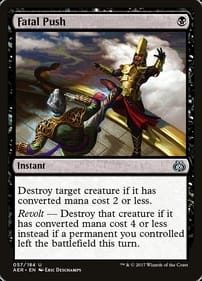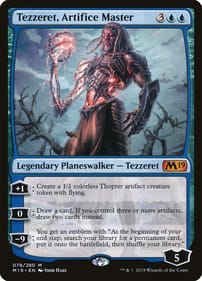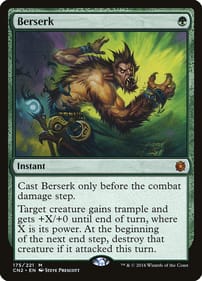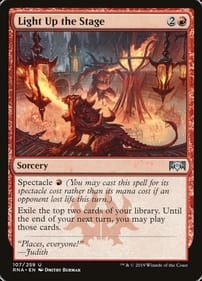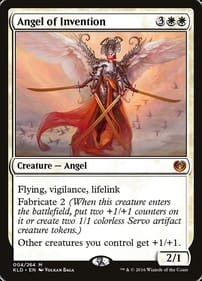We wanted to take some time and go over some methods to ensure that your Flesh and Blood cards are authentic. We have had several buylists come into the store that were completely, or partially counterfeit. When fake cards come into our possession, we do not return them. We educate the customer for their sake, and future purchases, and we use the counterfeit cards for teaching purposes. We assume all customers are unaware of the counterfeits, and make note of it internally.
Let’s start with a side-by-side comparison of the cards.


When sleeved, the counterfeit cards look just like regular FAB cards. Sitting across from your opponent, it would be fairly difficult to notice the difference in quality. When inspected a bit closer, the counterfeit cards colors are dull, the lines are not sharp, and you can see some ink bleed on the corners.
Some may notice the back of the cards have a slightly lighter tone over the darker authentic backs. We would not recommend comparing the backs of cards for counterfeit detection, because FAB cards can have quite a range in color shade due to various printing companies. Even the pack art will have variations depending on where it was printed.


The cards themselves also have variations as seen here:


The Belgium printing has a bit “warmer” color to the backs of the cards. Because there can be such a variation in backs, we do not recommend using this method to discern fakes.
Your best option for authenticating your cards will require a jewelers loupe. These can be found on Amazon for under $20, and are always worth the cost. We will now show you what authentic and counterfeit FAB cards look like under magnification. We will focus on the Rarity symbol, and these three points on the back:

The authentic card image will be first, followed by the counterfeit.








As you can see, the counterfeit card is clearly of inferior printing quality. The Rarity symbol has additional colors in the rosette, The TM and LSS symbols are extremely blown out, and the rosette pattern on the hilt is messy. No authentic FAB card will have these issues. We typically look for the rosette pattern on the hilt, and the LSS symbol for authentication.
In regards to sealed product, you cannot trust LSS cellophane wrap as authentic, it can be resealed, and purchased new from shady companies. Your best option for authenticating sealed product is to compare damage on the box.
Below you will find a dented box corner, where the wrap is also damaged.

Below we have a box dent with no wrap damage.

For sealed we are looking for consistency between the wrap and box. If there is wrap damage with no box damage, or box damage with no wrap damage, it could lean in the direction of a reseal.
Overall, the best thing you can do to protect yourself is to purchase products from reputable sources. There is an entire network of GEM accounts that can be found here: GEM STORES If you don't want to purchase from an LGS, or you are looking for a card that's out of stock (or never in stock because MinMaxGames hordes every Duskblade that unfortunately finds it's way within our grasp) There are well established sellers like Hammurabi TCG and Fluke and Box who have nothing to gain in providing anything less than excellent service.


